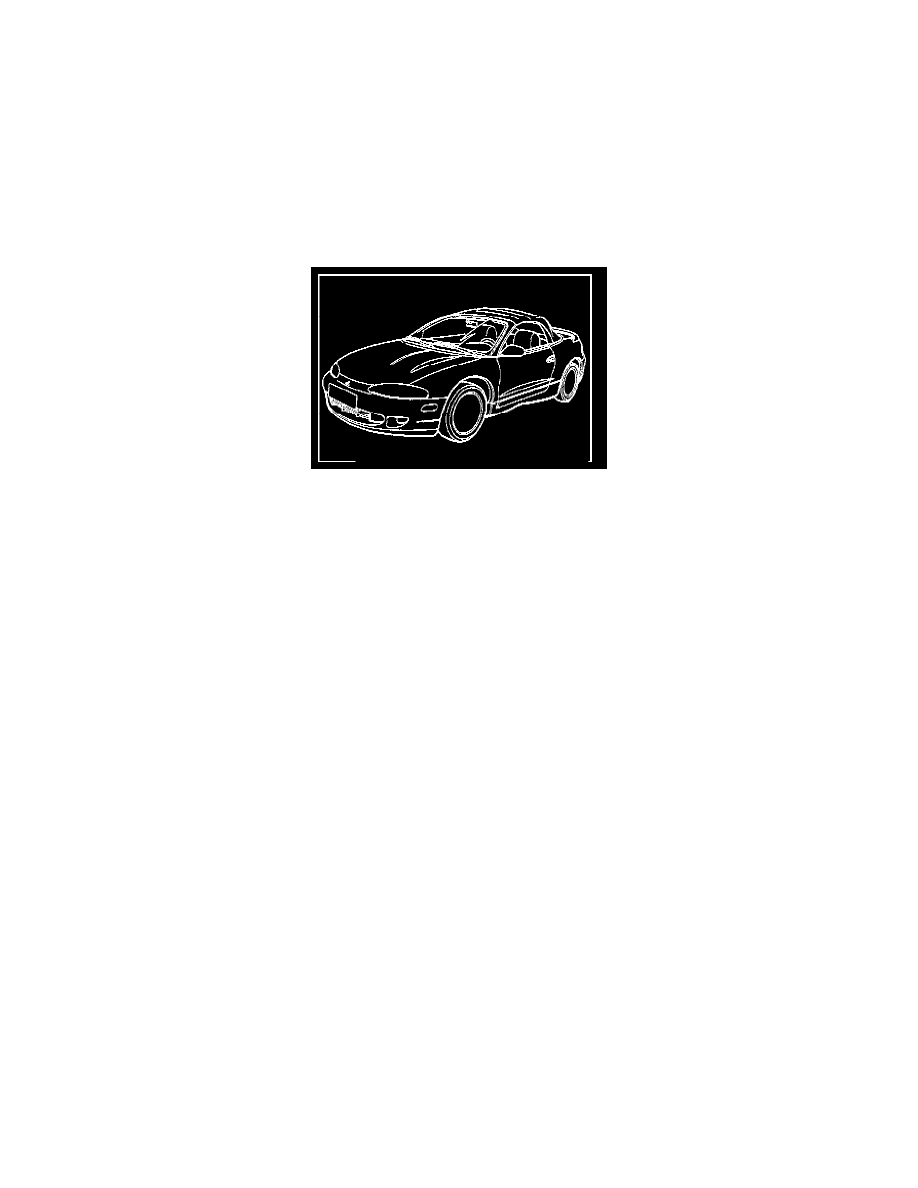Eclipse Spyder FWD L4-2350cc 2.4L SOHC 16 Valve (1996)

Convertible Top Weatherstrip: Customer Interest
Interior - Water Leaks
NO.: TSB-97-42A-011
DATE: August, 1997
MODEL: 1996-98 Eclipse Spyder
SUBJECT:
TOPSTACK WATER LEAKS
PURPOSE
This bulletin contains information about testing the vehicle for water leaks along with various adjustment, alignment, and suggested repair procedures for
reducing different types of topstack water leaks on the 1996-98 Eclipse Spyder.
WATER LEAK TEST
DEFINITION OF TERMS
Leakage
Defined as water that spills into the vehicle and causes the interior to become wet in a short period of time.
Seepage
Defined as water that runs down the inside of the door and or quarter-glass but does not build up or drip onto any interior trim components. This type of
seepage is also called a weep.
By nature of their design, convertible tops normally display some water seepage under certain ambient conditions. Water leakage/seepage characteristics
for the convertible are:
^
Normal - Under normal conditions, the convertible top should not display seepage of more than a total of three moisture weeps of more than 5 mm
wide at any or all of the convertible top roof joints. Excessive seepage (more than three 5mm wide weeps) should be considered leakage and would
require service. As with any convertible top, leakage may occur under abnormal conditions such as the flooding of the weatherstrip roof joints with
large quantities of water as might happen in an automatic car wash.
^
Service Required - Vehicle service is required if leakage occurs under normal conditions. (Some adjustments may help reduce leakage which occurs
under abnormal conditions).
TEST PROCEDURES
1.
Interview the customer to get a detailed description of the leak and the conditions under which the leak occurred.
2.
Open the part of the vehicle to be tested for the water leak, i.e., door, windows, convertible top, etc.
3.
Use a clean cloth and wipe clean and dry the sealing surfaces for the suspected area.
4.
Close the doors, window, etc. of the vehicle to prevent water from accidentally getting into the vehicle. Before water testing around the door glass
area, with the door closed, lower the glass once, then raise it all the way.
5.
Turn off the A/C, heater, ventilation blower. Otherwise, if the blower is on this will pressurize the cabin and prevent water from entering through a
bad seal condition.
6.
Evaluate the customer's description of the leak in question then use the method of water testing (angle, distance, pressure, etc.) which closely
simulates or duplicates the leak condition the customer's vehicle experienced.
